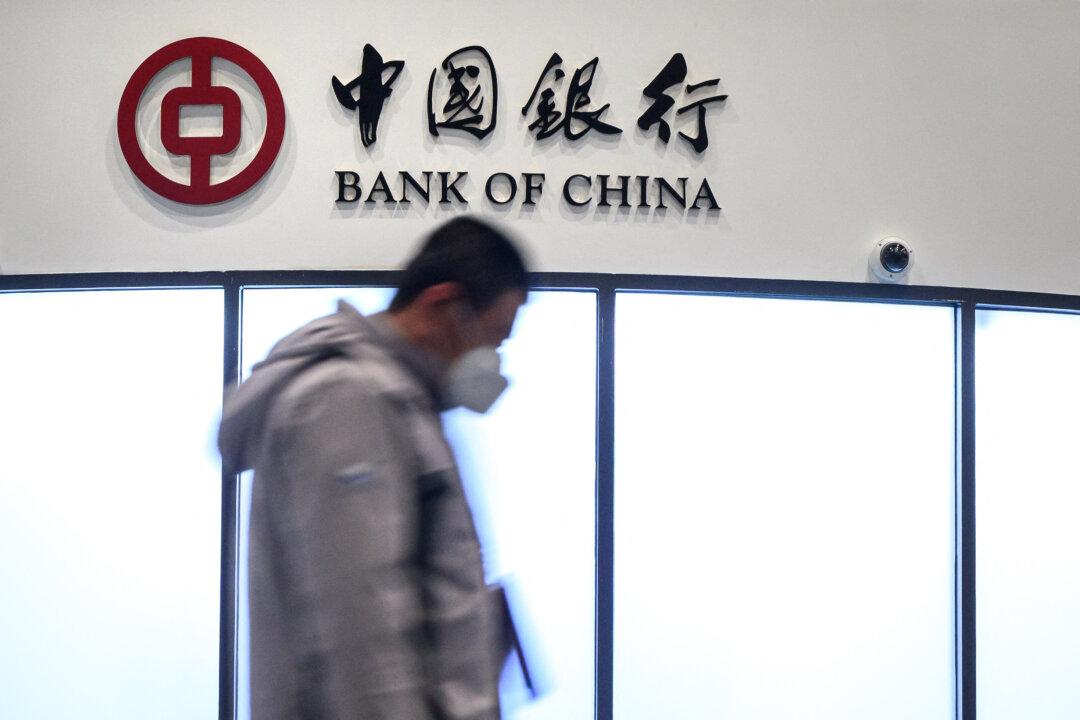China’s yuan crashed against the dollar on Jan. 30 in offshore trading, spurring rumors that a central bank action to devalue the currency could be imminent.
Offshore yuan’s valuation dropped to 6.28 per U.S. dollar in New York Friday afternoon, which is a two-year low. The rate is also 2 percent lower than the official midday fixing by the People’s Bank of China (PBOC), China’s central bank.
There are two exchange rates for the Chinese yuan. One is the official reference exchange rate (USD-CNY) set by the PBOC daily in China. This rate trades in a narrow band as designated by the central bank. The other exchange rate (USD-CNH) is for overseas trading of the yuan. This rate is watched by the international community as trading is open to foreigners and many FX traders deem this to be a more accurate rate which is less manipulated by the PBOC.
When there’s a spread between the official and offshore rate, it usually signals a dislocation in demand for the currency between mainland and offshore traders. It could also means that traders are predicting a policy action in the near future.
Currency Devaluation
The U.S. dollar’s recent surge prompted central banks of many export-oriented countries to cut rates and weaken their currencies.
Last week, the central banks of Russia and Denmark both trimmed official interest rates. The action followed similar decisions earlier at the European Central Bank, and the central banks of Japan and Korea to devalue their currencies.





